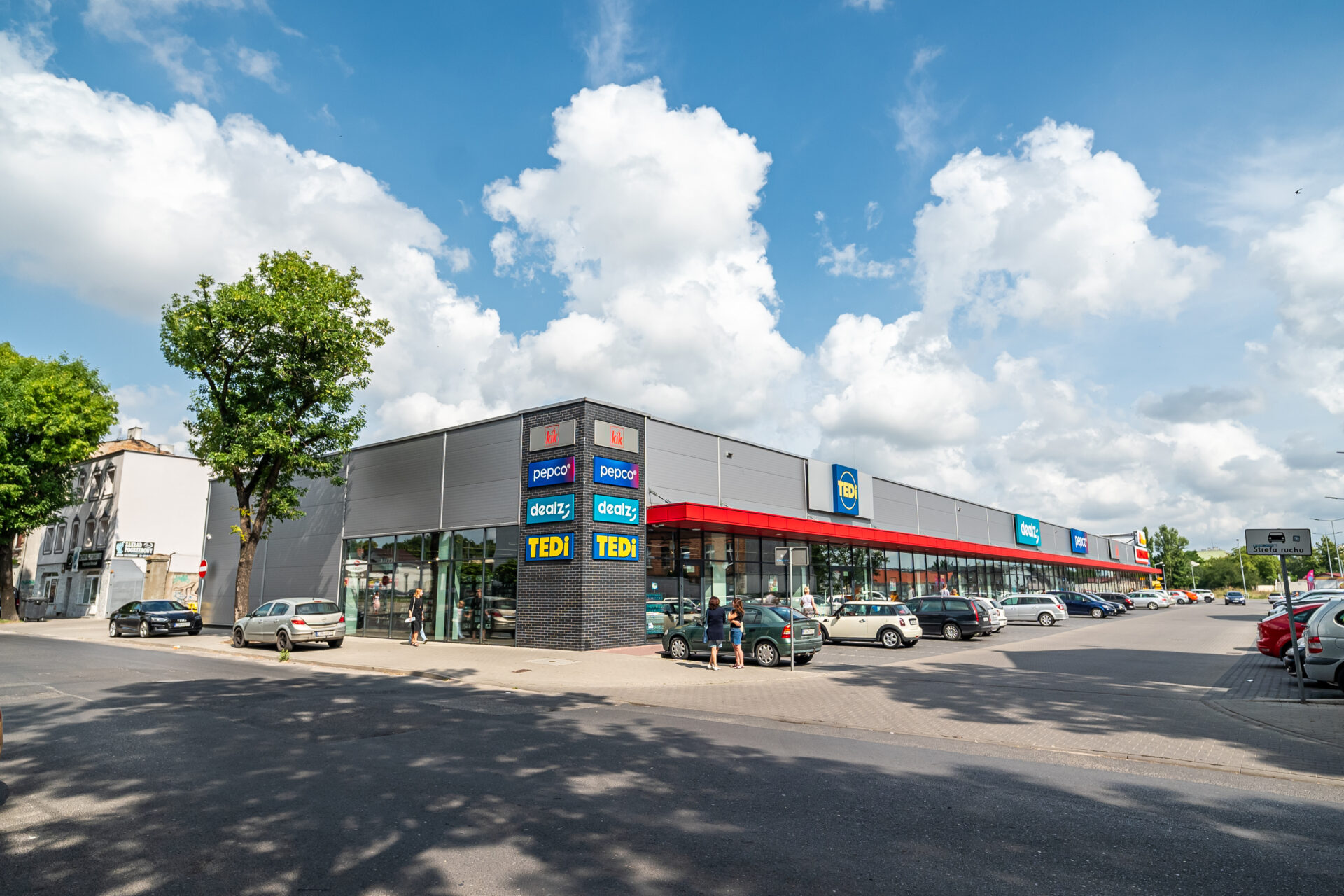Investors in European real estate are being urged to sharpen their focus on the growing range of macro risk factors impacting the region in order to take advantage of real growth potential in the real estate markets; according to a new report – ‘Capital Views: Risk v Opportunity’ – published by Cushman & Wakefield.
Political instability dominates an increasingly complex risk landscape with the recent events in Paris, heightened conflict in Ukraine, unexpected policy decisions in Switzerland, strains among the EU partners over monetary policy, a new party taking power in Greece and rising pressure from extreme political parties in a range of countries throughout Europe.
With 2015 elections pending in the UK, Spain, Portugal, Poland, Denmark, Finland and Turkey, among others, politics is clearly going to remain front and centre of mind in the short term. Consequently, investors need to develop appropriate strategies to both minimise risk and position themselves for the opportunities that will emerge.
Cushman & Wakefield’s head of EMEA investment strategy, David Hutchings, said: “Recent events are reminding the market that there is no room for complacency. Europe generally and the euro area specifically face a critical time in the next few weeks in which events and decisions will shape the way the region evolves – and not just for the remainder of this year but potentially for some time beyond.”
Growth in the opening quarter clearly looks set to remain low and volatile but beyond that a modest improvement should be seen based on factors now in play. Quantitative easing will ensure greater liquidity and low borrowing costs for example, and alongside measures taken to bolster the banking sector, should ensure a greater supply of finance to support investment and growth. Lower commodity prices and deflation will reduce operating costs and add to purchasing power while exporters will benefit from the weaker euro.
“While the economic boost from these trends will be modest and far from universal, it will be real and as far as real estate markets are concerned, it should help to deliver the start of a rebalancing between occupier and investor markets as employment and spending increase. All sectors stand to benefit but the turnaround from last year may be most marked for retail as increasing purchasing power boosts the consumer,” commented Hutchings.
While the Swiss situation will have only marginal ramifications in itself, alongside events such as the election in Greece, it will serve to remind investors not to take everything at face value: meaning the fundamentals in any target market need to be right but may be subject to change.
According to David Hutchings: “Looking past the current uncertainty in the region, one thing we can surmise is that we may now have reached a high watermark for austerity in Europe and a more concerted drive for growth could soon get underway. This would benefit most property markets but the biggest winners would be those like Ireland, Spain and Portugal which are delivering successful reforms to boost their economic potential.”
Property investment volumes will remain strong meanwhile and yields will continue to fall as bond benchmarks remain low. Interest rates are likely to remain low globally, boosting demand for real estate in a range of markets beyond Europe. Demand for dollar-denominated assets should rise for example, spurred on by the outperformance of the US economy. The recovery in emerging market demand globally does however look further away than previously thought – with risk tolerances likely to stay more focused on developed economies. One possible exception to this could be Turkey, which is a big energy importer and of course the only true large-scale emerging market in Europe other than Russia, says the report.
David Hutchings concludes: “Finding stock to buy will remain an issue – but also a positive draw for Europe as bank sales and deleveraging as well as profit taking and stock recycling add to available supply. Interest will flow over to a range of other European markets and there will be a more noted move back into development, helped by recent falls in commodity prices, which should reduce build costs. In addition, more corporate activity is likely – including asset sales by corporates, joint ventures and takeovers.
“Overall therefore, current trends point to a gradual improvement in growth but in a volatile and still very divergent fashion market-by-market. The risk of an asset price bubble in Europe is clearly present as high liquidity and a chase for yield drives investors. However, at the same time there could be a notable rebalancing of growth that takes some risks out of the market. For example occupier trends may start to catch up with investment in some markets and global capital flows between regions should grow more balanced.
“This year is shaping up to be one for truly global real estate targets as well as global capital and for a focus on what occupiers want – with development and repositioning a key route to profit.”
Łukasz Lorencki, senior surveyor at Cushman and Wakefield’s Capital Markets department in Warsaw, said: “Recent international events will boost the Polish investment market in the long term. As foreign investors account for more than 90 percent of the deal volume, the decision of the European Central Bank to embark on quantitative easing will further increase the amount of capital they could be ready to invest in Poland. At the same time, due to its local nature the conflict in Ukraine does not have any negative effect on the Polish investment market. It may be reasonably expected that a substantial part of capital initially targeted at Eastern Europe will be allocated in Poland and other Central European countries whose economic and military security is guaranteed by the European Union and NATO.”







